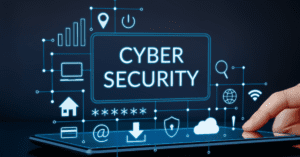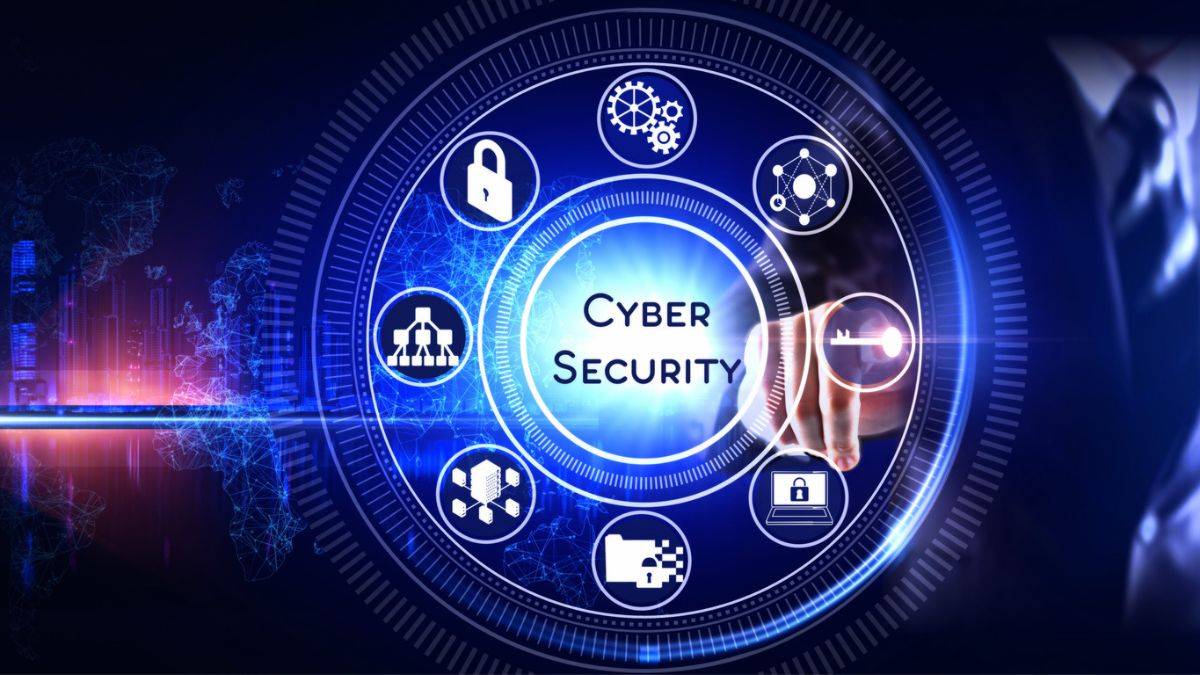In today’s digital age, cybersecurity has become a critical concern for individuals and organizations alike. With the increasing frequency of online threats and data breaches, understanding and implementing basic cybersecurity measures is essential to protecting sensitive information and ensuring a safe online experience. This blog explores the key aspects of cybersecurity and provides practical tips to help you stay safe from online risks and data breaches.
Understanding Cybersecurity Threats
Cybersecurity threats come in various forms, each posing unique challenges. Here are some common types:
- Phishing Attacks: Fraudulent attempts to obtain sensitive information by pretending to be a trustworthy entity in electronic communications.
- Malware: malicious software designed to harm, exploit, or otherwise compromise a computer system. This includes viruses, worms, Trojan horses, ransomware, and spyware.
- Man-in-the-Middle (MitM) Attacks: Cyberattacks where the attacker secretly intercepts and relays messages between two parties who believe they are directly communicating with each other.
- Denial-of-Service (DoS) Attacks: Attempts to make a machine or network resource unavailable to its intended users by overwhelming it with a flood of internet traffic.
- SQL Injection: A code injection technique that might destroy your database. It is one of the most common web-hacking techniques.
Understanding these threats is the first step in developing robust cybersecurity strategies.
Essential Cybersecurity Practices
1. Use strong, unique passwords.
Passwords are the first line of defense in cybersecurity. Ensure your passwords are:
- At least 12 characters long.
- A mix of uppercase and lowercase letters, numbers, and symbols.
- Unique for each account to prevent a breach of one account from affecting others.
Consider using a password manager to keep track of your passwords securely.
2. Enable two-factor authentication (2FA).
Two-factor authentication adds an extra layer of security by requiring not only a password and username but also something that only the user has on them, such as a physical token or a mobile phone. This significantly reduces the risk of unauthorized access.
3. Keep software and systems updated.
Regularly update your operating systems, applications, and antivirus software. These updates often include patches for security vulnerabilities that could be exploited by attackers.
4. Be wary of phishing scams.
Phishing scams are designed to trick you into providing personal information. Be cautious of:
- Emails from unknown senders or those that look suspicious.
- Links and attachments in emails. Verify the sender before clicking.
- Requests for sensitive information. Legitimate organizations typically do not ask for personal details via email.
5. Secure Your Network
Ensure your Wi-Fi network is secured with a strong password. Use WPA3 encryption if available. Avoid using public Wi-Fi for sensitive transactions unless you’re using a Virtual Private Network (VPN).
6. Back up your data
Regularly back up your important data to an external drive or a cloud storage service. This ensures you can recover your data in case of a ransomware attack or hardware failure.
7. Educate yourself and others.
Stay informed about the latest cybersecurity threats and educate those around you. Awareness is a powerful tool for preventing cyberattacks.
Handling a Data Breach
Despite all precautions, data breaches can still occur. Here’s what to do if you suspect a data breach:
- Identify the Breach: Determine what information was compromised and how the breach occurred.
- Contain the Breach: Take steps to prevent further damage, such as changing passwords and disconnecting affected systems.
- Notify Affected Parties: Inform those impacted by the breach so they can take protective measures.
- Report the Breach: Notify relevant authorities and regulatory bodies, especially if sensitive personal information is involved.
- Review and Improve Security Measures: Analyze the breach to understand what went wrong and implement stronger security measures to prevent future incidents.

Action in the Event of a Cybersecurity Incident
In the event of a cybersecurity incident, it’s crucial to act swiftly and methodically to mitigate damage, protect sensitive information, and restore normal operations. Here is a step-by-step guide on how to respond effectively to a cybersecurity incident:
1. Preparation and Incident Response Plan
Before an incident:
- Develop an Incident Response Plan (IRP): Ensure your organization has a well-documented IRP that outlines roles, responsibilities, and procedures for responding to various types of incidents.
- Incident Response Team (IRT): Assemble a team of trained individuals responsible for managing incidents. This team typically includes IT staff, security experts, legal counsel, and public relations personnel.
- Tools and Resources: Ensure that the necessary tools, such as forensic software and backup systems, are in place and accessible.
2. Detection and Identification
Identifying the Incident:
- Monitoring: Use intrusion detection systems (IDS), antivirus software, and continuous monitoring tools to detect unusual activities.
- Alert Mechanisms: Establish clear protocols for reporting suspicious activities. Ensure employees know how to report potential incidents.
- Initial Assessment: Determine if the activity qualifies as a cybersecurity incident. Assess the scope, impact, and potential threat level.
3. Containment
Immediate Actions to Contain the Incident:
- Short-term Containment: Implement immediate measures to limit the spread of the threat. This might include isolating affected systems, disabling compromised accounts, and blocking malicious IP addresses.
- Long-term Containment: Develop a strategy to keep the system operational while fixing vulnerabilities. This could involve setting up temporary networks or servers to maintain business continuity.
4. Eradication
Removing the Threat:
- Identify the Root Cause: Conduct a thorough investigation to understand how the incident occurred and what vulnerabilities were exploited.
- Eliminate Malicious Code: Remove any malware, backdoors, or unauthorized access points from the system.
- Patch Vulnerabilities: Apply security patches and updates to all affected systems to close any exploited vulnerabilities.
5. Recovery
Restoring Normal Operations:
- System Restoration: Restore affected systems and data from clean backups. Ensure that backups are free from malware.
- Verification: Carefully verify that all systems are secure and fully functional before bringing them back online.
- Monitoring: Increase monitoring of restored systems to detect any signs of residual threats or new attacks.
6. Communication
Informing Stakeholders:
- Internal Communication: Keep all relevant internal stakeholders informed about the incident status, response actions, and expected impacts on operations.
- External Communication: If the incident involves customer or client data, communicate transparently with affected parties. Provide information on what happened, what is being done to address it, and the steps they should take to protect themselves.
- Regulatory Notification: Report the incident to regulatory authorities if required by law. Comply with legal and contractual obligations related to data breaches.
7. Documentation and Analysis
Post-Incident Review:
- Incident Documentation: Maintain detailed records of the incident, including timelines, actions taken, and communication logs.
- Root Cause Analysis: Conduct a thorough analysis to identify the root cause of the incident and how it was handled. Determine what worked well and what could be improved.
- Report Findings: Prepare a comprehensive report summarizing the incident, response actions, and lessons learned.
8. Post-Incident Improvements
Strengthening security posture:
- Policy Updates: Revise and update security policies and procedures based on lessons learned from the incident.
- Training and Awareness: Provide additional training to employees to prevent future incidents. Emphasize lessons learned and new security practices.
- Technology Enhancements: Invest in more robust security tools and technologies. This could include advanced threat detection systems, stronger authentication mechanisms, and improved encryption standards.
- Testing and Drills: Regularly test the incident response plan through simulations and drills to ensure readiness for future incidents.
Cybersecurity is an ongoing process that requires vigilance, awareness, and proactive measures. By understanding the types of threats and adopting essential cybersecurity practices, you can significantly reduce the risk of online threats and data breaches. Remember, in the digital world, staying safe is a shared responsibility. Stay informed, stay cautious, and stay secure.




